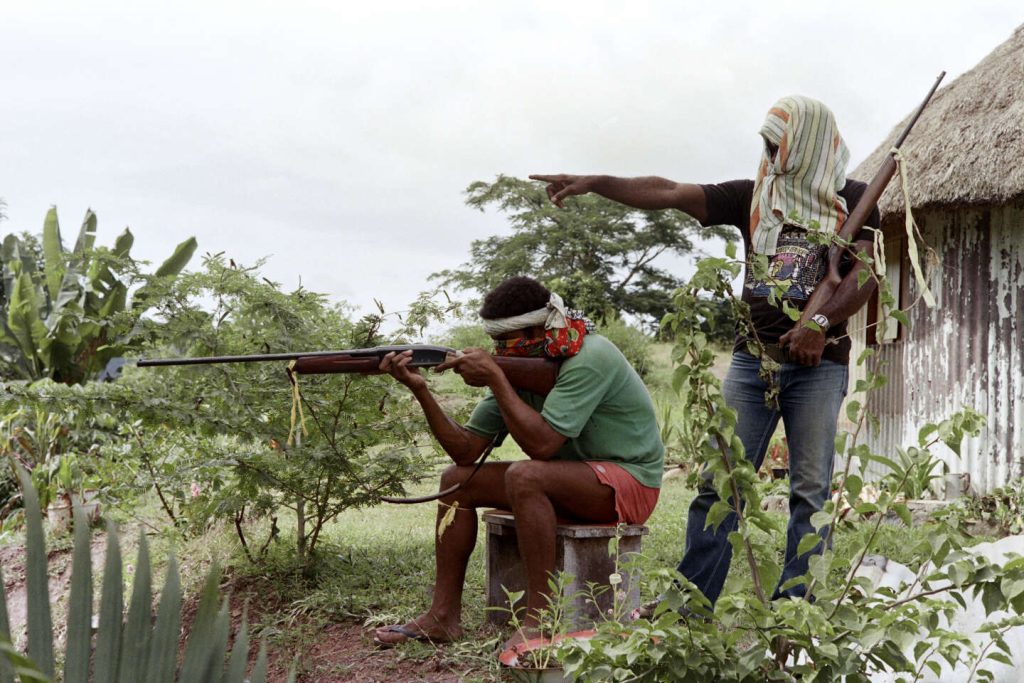In 1984, tensions in New Caledonia were high as independence activists called for a boycott of territorial elections, leading to violent clashes between independence supporters and loyalists, culminating in the deadly hostage-taking incident at Ouvéa in 1988. This period of extreme tension prompted Jean-Marie Colombani to delve into the 131 years of French presence in New Caledonia.
Jacques Lafleur, a key figure in New Caledonian politics for nearly three decades, led the loyalists in resisting the armed independence movement, unifying various loyalist groups. Lafleur’s role in the political scene is explored in detail, highlighting his efforts to oppose the independence movement.
The Ouvéa incident of April 1988, where Kanak independence activists attacked a gendarmerie, resulting in the death of four gendarmes and a subsequent hostage crisis that led to a deadly assault by the French military, raised questions and doubts about the actions taken. The violent incident had a profound impact on the political landscape of New Caledonia.
The signing of the Matignon Accords in June 1988 marked a fragile compromise between the independence movement and loyalists, paving the way for a potential path towards independence. However, the accords left some independence activists feeling disappointed, highlighting the complex and delicate nature of the political situation in New Caledonia.
The assassinations of Jean-Marie Tjibaou and Yéiwéné Yeiwéné in 1989 weakened and divided the Melanesian community, raising concerns about the future leadership of the independence movement. Despite the loss of key figures, there remained hope for lasting peace through dialogue and compromise, as exemplified by Tjibaou and Lafleur.
Over the years, with the signing of the Nouméa Accord in 1998 and subsequent developments, the journey towards greater autonomy and potential independence for New Caledonia continued. Challenges persist, including social inequalities and unresolved issues from the past, underscoring the complexity of the island’s political and social landscape.


